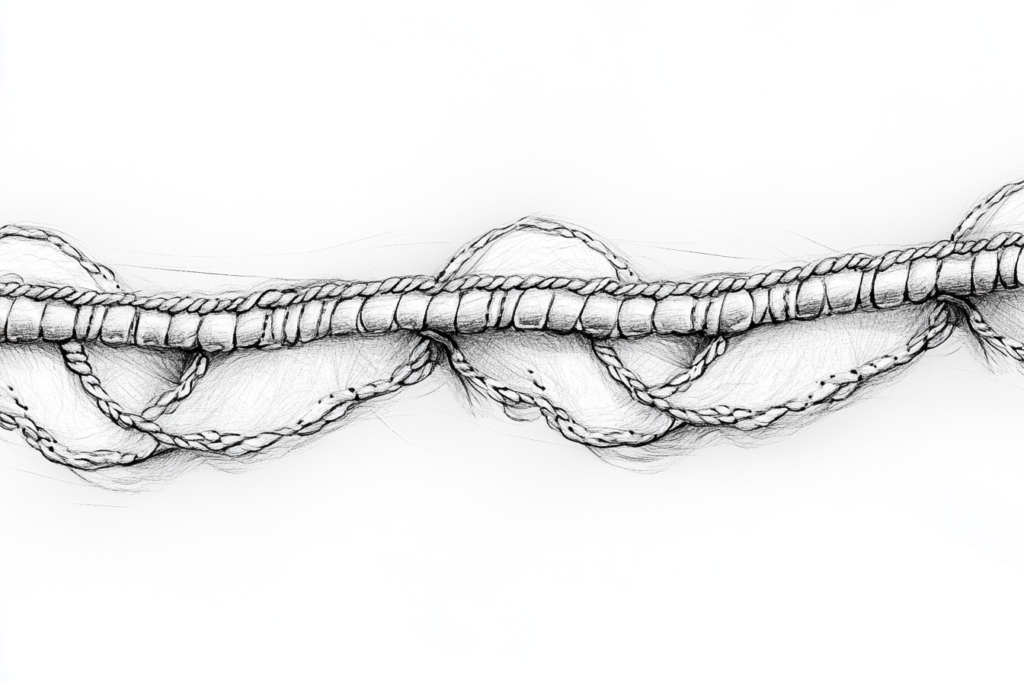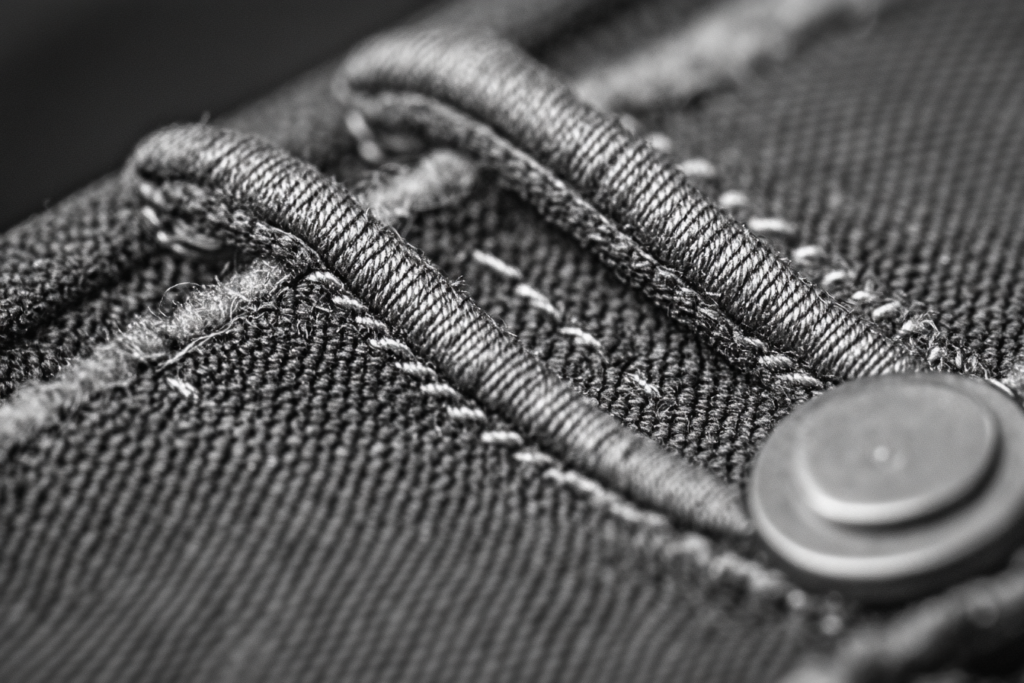Flat Seam (FS): The Seam That Adds Comfort and Strength to Garments
Meta Description: A flat seam (FS) is a type of seam used for hemming or joining unhemmed fabric pieces. Learn how flat seams enhance garment comfort and durability.
What Is a Flat Seam (FS)?
A flat seam (FS) is a type of seam where the edges of two pieces of fabric are joined together in such a way that the seam lies flat, with minimal bulk. This is achieved using a specific stitching method that typically involves five threads: three of which are intertwined to form a chain stitch, while the other two are used to create straight stitches. Flat seams are highly valued for their ability to create smooth, neat finishes, especially in garments where comfort, flexibility, and durability are essential.
This type of seam is often used to hem the edges of fabric or sew two unhemmed pieces together, allowing for a clean finish without the typical bulk associated with traditional seams. It’s especially common in sportswear, activewear, underwear, and performance garments, where both comfort and functionality are critical.


How Does a Flat Seam Work?
Flat seams are formed by placing the two edges of fabric side by side, rather than overlapping them as is the case with most traditional seams. The edges are then stitched together using specialized equipment to create a smooth, flat seam. This results in a seam that is less noticeable on the outside and doesn’t protrude, making it more comfortable against the skin.
The process typically involves:
- Aligning the Fabric Edges: The edges of the fabric are placed side by side without overlapping, which is different from a traditional seam where one fabric edge folds over the other.
- Sewing with a Five-Thread Machine: A five-thread machine is used, where three threads create the chain stitch and the remaining two create straight stitches, securing the fabric edges together.
- Finishing the Edges: The result is a seam that is flat, smooth, and durable, with no raw edges exposed.
Benefits of Flat Seams
- Comfortable Fit:
- One of the main advantages of flat seams is comfort. Since the seam lies flat, it doesn’t create bulk or rubbing against the skin. This is especially important in clothing like activewear, where garments are worn during physical activity and need to feel seamless and unobtrusive.
- Durability:
- Flat seams are not only comfortable but also highly durable. The five-thread stitch provides additional strength, making flat seams ideal for garments that undergo stress and movement, such as sports bras, workout leggings, or compression wear.
- Smooth Finish:
- The absence of bulky seams contributes to a cleaner finish, both inside and outside the garment. This makes flat seams perfect for garments that need a sleek appearance, especially when worn in close-fitting styles.
- Enhanced Flexibility:
- Flat seams also provide more flexibility and ease of movement, as there are no thick seams to limit stretching or bending. This is particularly beneficial in performance gear or athletic apparel where flexibility is a must.
Common Uses of Flat Seams in Garment Construction
Flat seams are used across many types of clothing, but they are particularly favored in garments designed for comfort, movement, and performance. Here are some common applications:
- Activewear and Sportswear:
- Running tights, gym leggings, sports bras, and yoga pants often feature flat seams to reduce irritation and chafing during workouts. These garments require a smooth, comfortable fit that allows for flexibility, and flat seams contribute to this goal.
- Underwear:
- Underwear and lingerie frequently use flat seams to eliminate any bulky stitching that could cause discomfort when worn close to the skin. The smooth finish of flat seams helps avoid irritation from prolonged wear.
- Performance Apparel:
- For garments designed for dancers, swimmers, and other performers, flat seams provide the necessary comfort and durability without restricting movement. The absence of raised seams ensures that the wearer is not distracted by rough edges during physical activity.
- Casual Wear:
- In addition to performance and activewear, flat seams are sometimes used in casual clothing like T-shirts and loungewear where a clean, smooth look is desired, and comfort is paramount.
Flat Seams vs. Other Types of Seams
Flat seams are just one option in the array of seams used in garment construction. Here’s a comparison between flat seams and other common types of seams:
- Plain Seam:
- A plain seam is a traditional method of joining two pieces of fabric by overlapping their edges and stitching through them. While it is simple and effective, plain seams are often bulkier than flat seams and can create more irritation when worn against the skin.
- Overlock Seam:
- An overlock seam is created using a serger machine to stitch and trim the fabric edges simultaneously. While overlock seams provide a neat finish and prevent fabric from fraying, they can be bulkier than flat seams and may not offer the same level of comfort.
- French Seam:
- A French seam encloses the raw edges inside the seam itself, creating a smooth, neat finish on both the inside and outside of the garment. While it’s an excellent option for delicate fabrics, it is more complex and less flexible than a flat seam.
- Bound Seam:
- A bound seam uses bias tape or fabric strips to encase the raw edges of the seam. This method is often used for a decorative effect or in garment styles that require a higher-end finish. However, it is not as flat or flexible as a flat seam.
Conclusion: The Versatility and Comfort of Flat Seams
Incorporating flat seams (FS) into garment design offers a range of benefits, from enhanced comfort and durability to a smooth and sleek finish. This seam type is particularly advantageous for clothing that needs to accommodate a lot of movement, such as activewear, sportswear, and underwear. By ensuring that the garment is free from bulky seams, flat seams provide the wearer with a more comfortable and practical fit.
Whether you’re designing for fashion or functionality, flat seams offer a versatile solution to meet the demands of comfort and durability in everyday wear.



